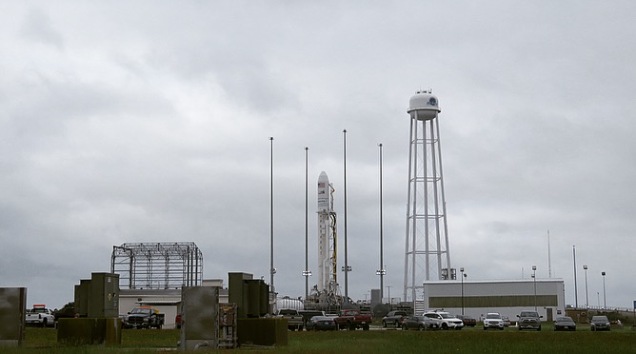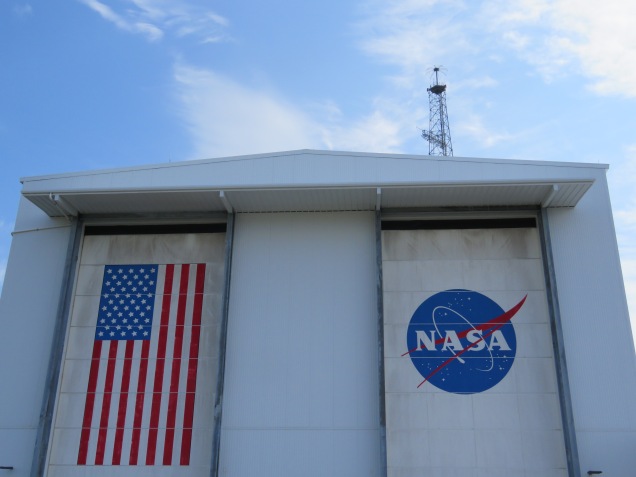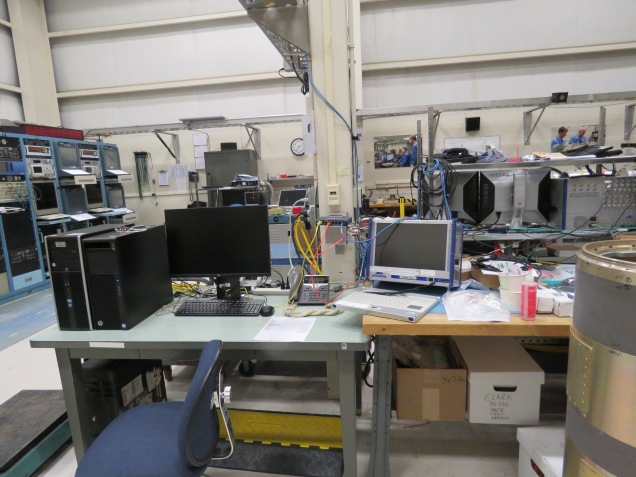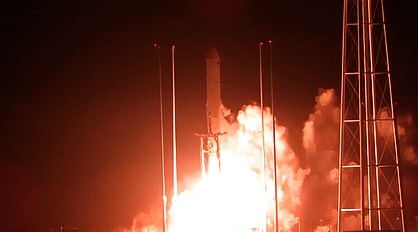This past weekend I had the chance to visit Mount Vernon, the home of George Washington, for the first time ever. As you know, I always enjoy visiting historic sites, but I especially enjoy the ones I’ve never been to before. Why? Because it allows me the chance to share with you my fresh perspective of my experience!
With that said, here are 5 things that surprised me during my visit to Mount Vernon:
- It isn’t just a mansion and gardens. Okay, well that’s not something that totally surprised me. Mount Vernon’s website indicated that there were other sites besides the mansion such as Pioneer Farm, the tombs, the Distillery & Gristmill, and the museum. I was, however, pleasantly surprised that Pioneer Farm, the tombs, and the museum were right in walking distance from the mansion. If you do plan to visit and want to see the estate in its entirety, plan for the trip to take a few hours. We spent approximately 3.5 hours walking around and completing the mansion tour, but still did not visit the Distillery & Gristmill.
- There’s an old tomb and a new tomb. George Washington believed the old family tomb needed some repairs. In his will, he instructed a new tomb to be constructed according to his specifications. In 1831, his body (along with Martha’s and the remnants of fellow family members) were moved to the new tomb. You can visit both of the tombs today.
- The front of the home is not made of stone. This fact did surprise me! The front of the mansion looks as if it was built with large, smooth stone. But it’s actually made of wood. Apparently when George Washington was abroad, he witnessed a process called rustication. He copied this process when he returned home. Painting the wood, sand was then thrown onto the wet paint in order to create a stone-like texture. This practice of rustication is still used when restorations/renovations on the exterior of the mansion are needed.
- An efficient but rushed tour. I was under the impression that the guided tour (we picked the 12:00PM tour time) would be led by one tour guide as we moved about the house. (Like in the style of Thomas Jefferson’s Monticello or DuPont’s Winterthur Museum, Garden & Library). However, it turned out to be a “conveyor belt” style tour. As the line moved forward, the tour guides (who were stationed in specific spots) would share information every 15 seconds or so. While it was efficient (especially with so many visitors) I felt uncomfortable to ask questions or to stop and really take in the various rooms. With that said, it was still a delightful time and I plan to visit again in the future.
- It took George Washington over 30 years to renovate. Once George Washington inherited Mount Vernon, it took over 30 years to reach the appearance it has today.



